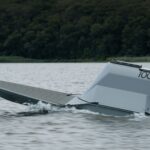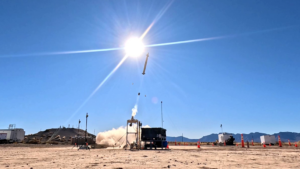
The Missile Defense Agency (MDA) is requesting $9.9 billion in the FY ’19 budget request, which is an increase of about $2 billion over the FY ’18 request.An MDA official confirmed this request continues missile defense acceleration that began in the 2017 Above Threshold Reprogramming (ATR) and the FY ‘18 Missile Defeat and Defense Enhancement (MDDE) budget amendment.The first big chunk of the budget is $2.3 billion for the Ground-based Midcourse Defense program (GMD), which currently includes 44 Ground-Based Interceptors…

 By
By 











